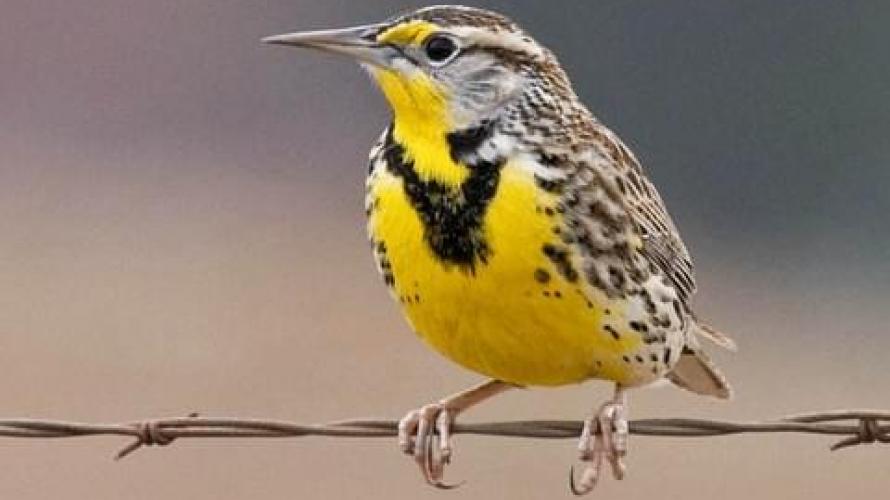
Montana State Bird: The Western Meadowlark
Sean Jansen
The different pitches and hues of the call are different than anything else in nature. Carried by the wind and into the ears much like the sounds of an orchestra playing every instrument going off perfectly and seamlessly in sinc. Mother Nature has always been the greatest artist, and if that’s the case, the Western Meadow Lark is her platinum album, seminal work, Oscar performance or her National Geographic cover shot.
The Meadowlark, or specifically the Western Meadowlark, Sturnella-Neglecta, is Montana’s state bird. By the grace of some school children, they pushed a vote, winning in a landslide to make the Meadowlark the states bird. Montana, coupled with a few of the northern states of the country and a few of the southern areas of Canada’s provinces are the meadowlarks breeding grounds. We will typically see and hear these remarkable bird during their mating season which show up in Spring, depending on snow melt they will stick around until late fall. Their winter migratory patterns shift southward to warmer climes of most of the Midwest and southwestern states and certainly down into most of Mexico’s states for much of the winter.
A generally small bird in stature with relative size to the common Robin we see around the state and country but one of the chunkier kids on the block. What it makes up for with its rounder shape compared to the Robin, it gains in its long beak for hunting. The meadowlark differs in color, with its yellow breast mixed with patterns of brown and white help it to blend into the grasslands with which the bird nests.
The nests are made usually in a depression in the ground or low lying spot in a field covered by thick foliage. These birds thrive and depend on the grasslands for nesting and foraging, which is why we often see them on our pastures and farmlands of southwest Montana, eastern Montana, and sometimes in the high alpine meadows.
They eat a varied diet consisting of ground vegetation, insects plucked from recent field clearings or vulnerably sitting for an easy grab, or seeds from sprouting plants. Grasshoppers, beetles, caterpillars, snails are all on the buffet table for the Meadowlark however over one third of their diet consists of seeds most of which is consumed during fall and winter.
The birds nesting habits are astounding. A male meadowlark can happily mate with as many females as he wishes and will help in feeding the young, even though as typical, the female will do most of the feeding. A female will typically lay around 5 eggs a hatch and will incubate for about two weeks. Once done, the young will leave the nest although they are not quite ready to fly. The parents will continue to watch over them during this period until they can take flight on their own journey.
So the next time you drive by and hear an intense and unique call, different than any other bird you’ve heard, chances are it’s a Meadowlark. If you get the chance, pull over and just listen. You’ll often see them sitting perched on fence posts singing away to the audience of others. Sometimes you may not be able to see the bird as they are on the ground foraging and blending into the surroundings perfectly, but the real treat to this bird is its call. One of the most beautiful sounds in nature, no instrument required, just seeds, bugs, and a wonderful set of lungs.
